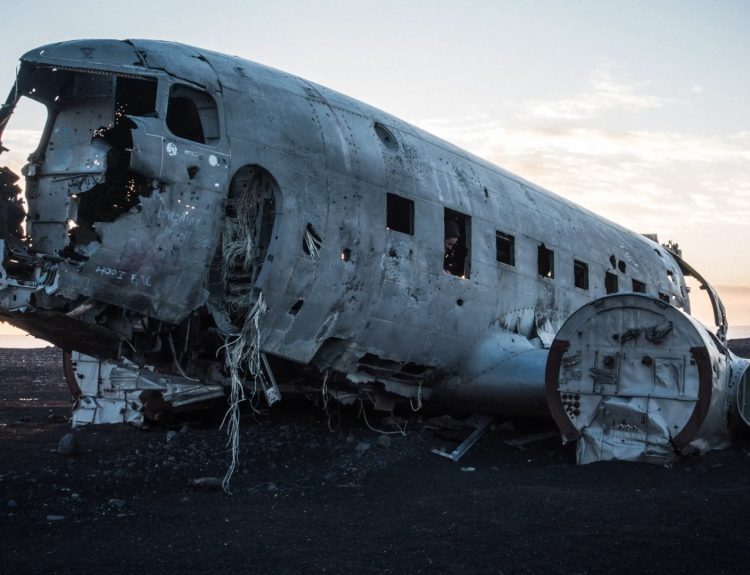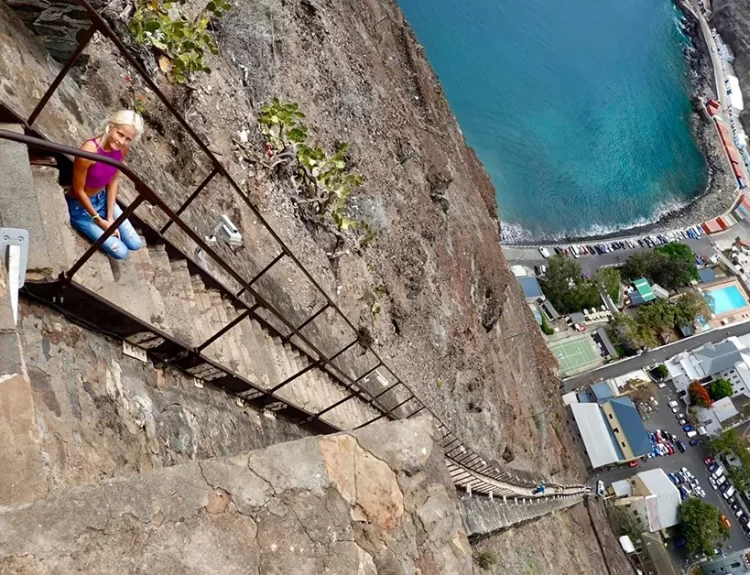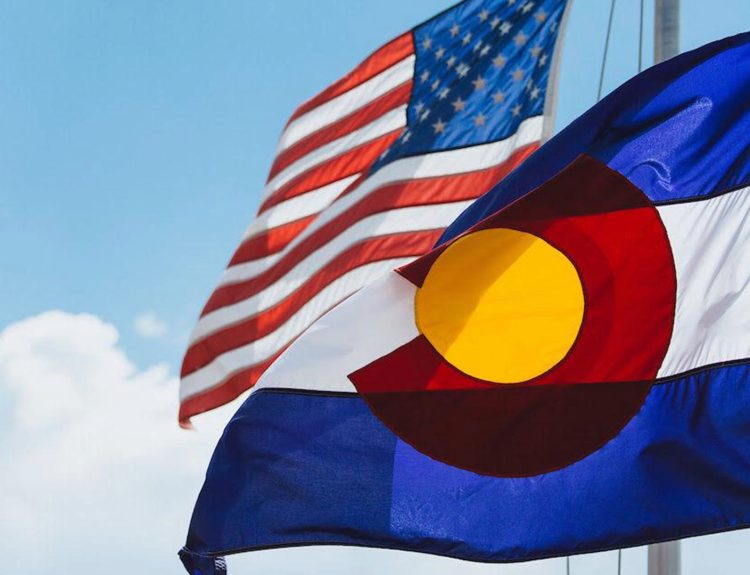Not all tourist destinations are built to last – at least, that’s what history tells us. From the toxic waters of the Salton Sea to the depressing evolution of Route 66 – some vacation spots just aren’t what they used to be. Let’s take a look at 15 popular tourist destinations that are quickly losing their appeal – if they haven’t already yet!
Varosha (Cyprus)
Varosha was one of the hottest resort towns in the world at one point. It was frequently visited by Elizabeth Taylor, Brigitte Bardot, Raquel Welch, and Richard Burton in the 1960s and 1970s – primarily due to its top-of-the-line beaches, hotels, and restaurants. It was the Mediterranean dream!
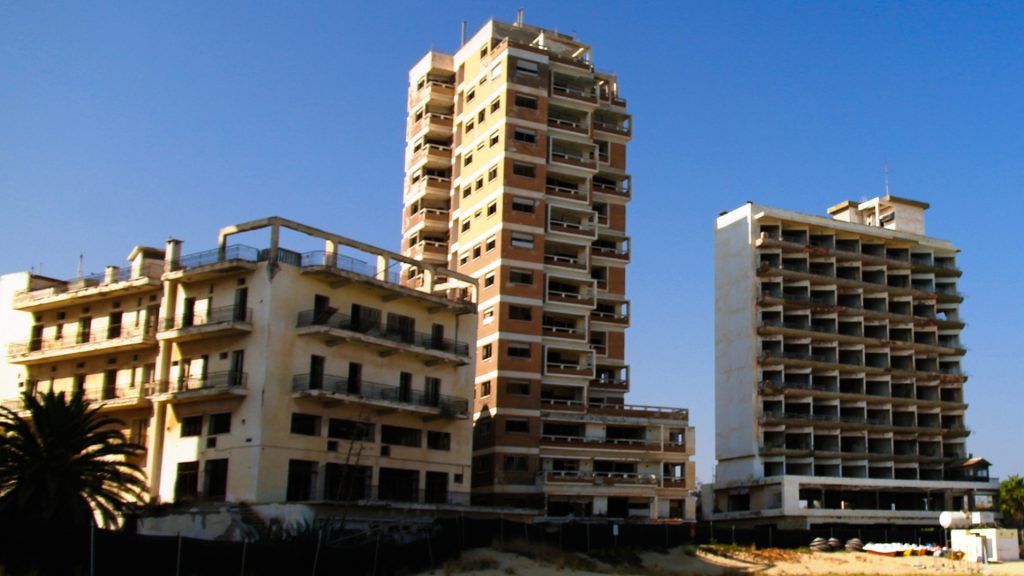
That all started to change in 1974 when the Turkish military began their takeover of the land. It was decommissioned until 2021, when Turkey started to reopen it, but there’s still a lot of controversy surrounding the resort. In fact, the US designated it as a ‘dangerous provocation.’
Havana (Cuba)
Havana – in its heyday, it was one of the most sought-after vacation spots in the world. The resorts, the jazz music, the casinos, the celebrity sightings – it was a boom town! Unfortunately, the 1960s saw the United States impose travel restrictions due to the corruption behind the scenes.
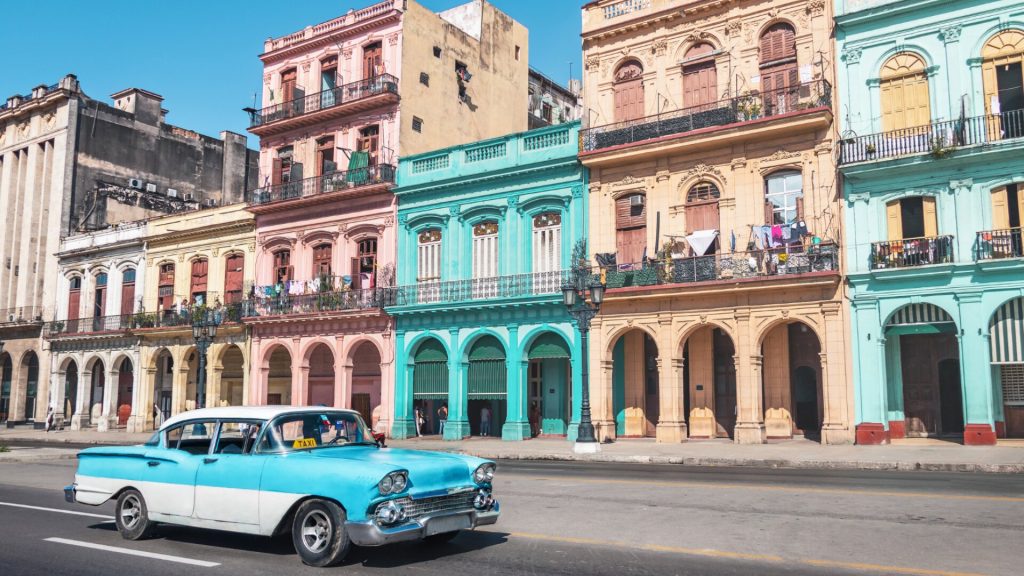
Of course, a lot has happened since then. The Cuban missile crisis, Kennedy’s naval blockade, the Bay of Pigs invasion, the thousands of refugees – Havana hasn’t been a welcome place for a long time. Even today, Americans can’t travel to Cuba as a ‘tourist’ – they need a valid reason.
Las Vegas Strip (Nevada)
There’s something about that classic ‘Old Las Vegas’ vibe that won’t ever go out of style. The Golden Gate, El Cortez, Binion’s, Flamingo – we’re talking back when Frank Sinatra, Dean Martin, and Elvis Presley were regulars, and mobsters were everywhere. Unfortunately, that ‘Old Las Vegas’ style is hard to find today in Sin City.
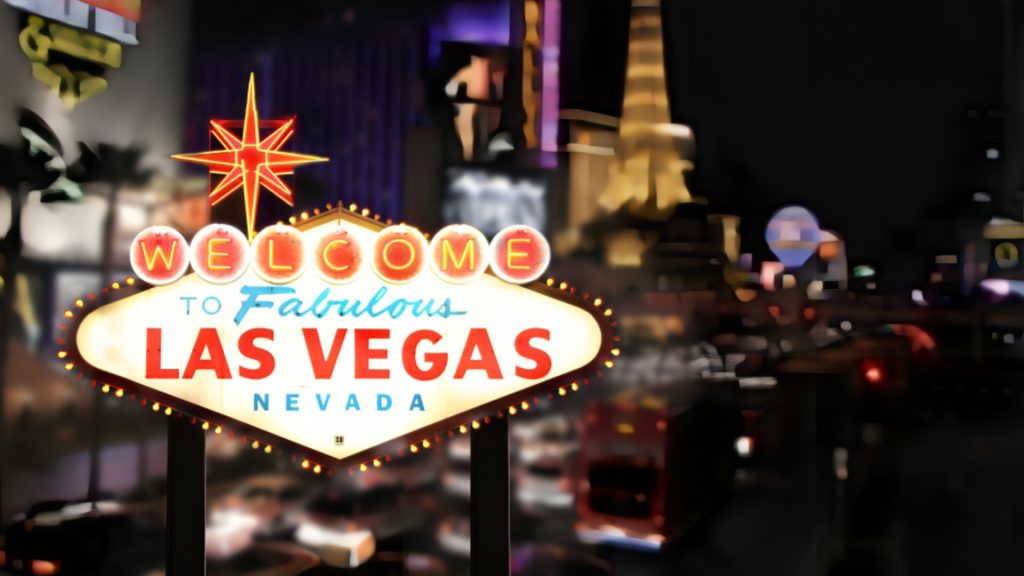
It was in 1989 that things started to change – the year the Mirage opened. It sparked a building boom that saw new mega-resorts popping up everywhere. It wasn’t long before Old Vegas was out, and New Vegas was in. For those who want a taste of history, go to Fremont Street – but don’t expect too much.
Niagara Falls (Niagara Falls, New York)
Niagara Falls has two sides-the American and the Canadian sides. Ask anyone who has been to both, and they’ll tell you how much better the Canadian side is – and it’s not just the views. The restaurants, the attractions, the upkeep – the American side is progressively getting worse, while the Canadian side is consistently improving.
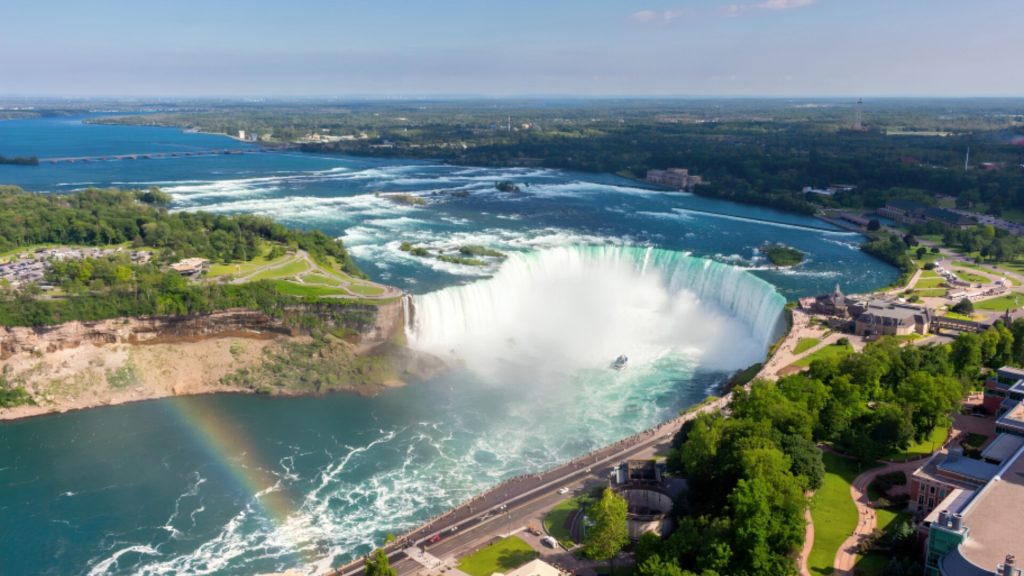
Don’t get me wrong, the Falls are still a beautiful sight to see – and they make for great photo opportunities – but there isn’t much of an experience. There’s a lack of culture, absolutely no charm, and the surrounding area is depressingly run down – which doesn’t help the allure of what Niagara Falls has to offer.
The Poconos (Pocono Mountains, Pennsylvania)
The Poconos – where tourists used to go to get away from it all. It was a perfect honeymoon spot (it was even nicknamed the ‘Honeymoon Capital of the World’ in the early 1900s). The never-ending beauty, nature-filled scenery, and four seasons of endless fun were tough to say ‘no’ to it.
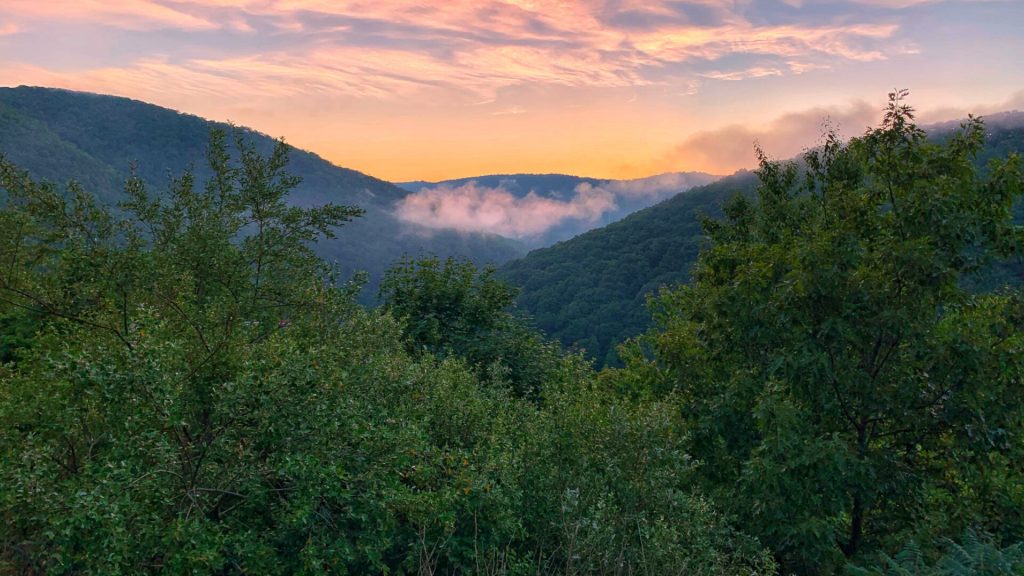
Unfortunately, the Poconos has lost its appeal over the past few decades. Some of its most iconic resorts – the Buck Hill Inn, Summit Resort, Penn Hills Resort, and Unity House – are no longer options. Now, it’s a vacation spot largely overrun by casino resorts – leaving its charm in the past.
Route 66
Route 66 is one of the most famous rodes in US history. Construction began in 1926, but it wasn’t completely paved until 12 years later. In total, the highway spans 2,400 miles from Chicago, Illinois to Santa Monica, California. It would take you between two and three weeks to drive the entire length.
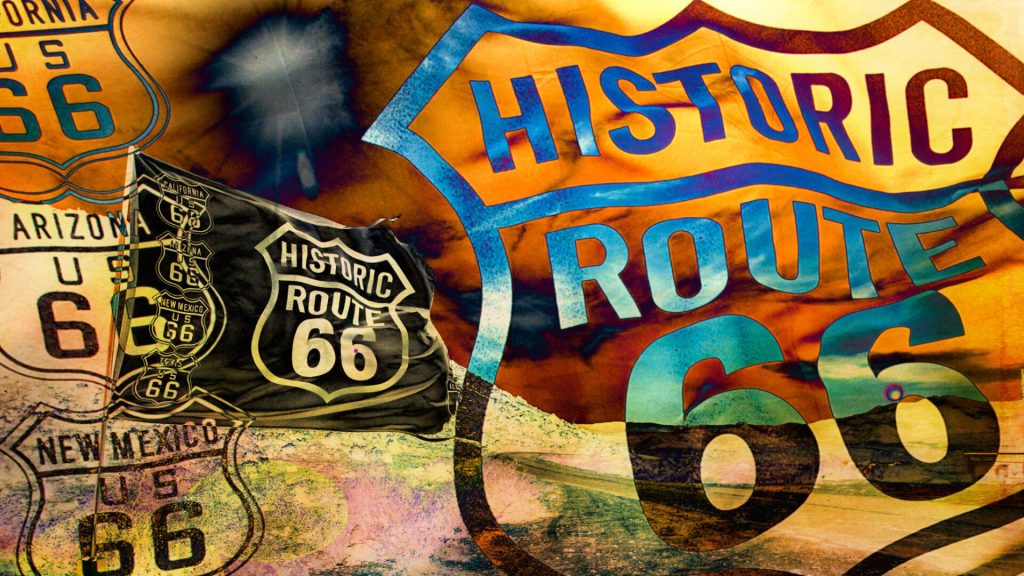
Route 66 isn’t in the U.S. highway system anymore, but it’s still used as a scenic byway – and a lot of its 1960s charm is still standing. Of course, that depends on where you are. Don’t expect much if you’re traveling in Glenrio, Texas, or Texola, Oklahoma – both ghost towns with nothing to see.
Fort Lauderdale (Florida)
Fort Lauderdale was always a fun destination for college students – even dating back to the 1930s when the city held a college swim forum every year. By the 1960s, it became one of the biggest spring break towns in the world – and it’s all because a film titled ‘Where The Boys Are,’ released by Connie Francis in 1960.
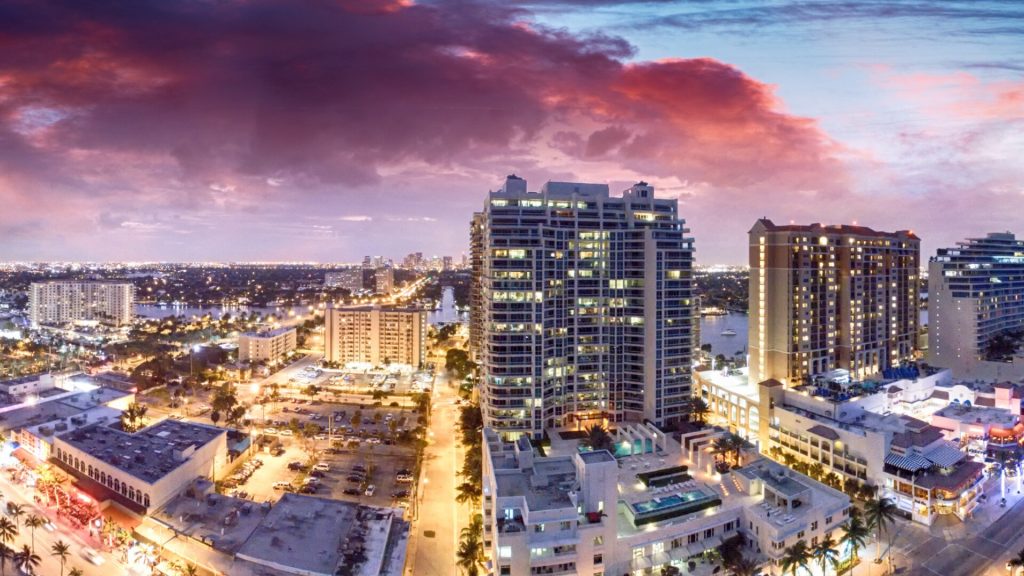
Fort Lauderdale welcomed more than 50,000 students in 1960, but that number rose to as much as 350,000 students in the 1980s. Things started to die down after that (largely because the mayor asked the spring breakers to go somewhere else), and Fort Lauderdale isn’t the ‘spring break town’ it used to be.
Palm Springs (Sonoran Desert, California)
Palm Springs will never stop evolving. It used to be a playground for movie stars and big shots from the 1920s to the 1960s – from Albert Einstein to Frank Sinatra and Sammy Davis Jr., everyone knew about Palm Springs. By the 1980s, it started transitioning into a spring break destination – not like Fort Lauderdale, but still a good one.

Unfortunately, that’s not what it is anymore. Many people complain that the city caters to the retirement community, while others complain of a significant disparity between the working class and the rich – who are still heavily involved in the Palm Springs area. Either way, it’s not the type of trendy place people want to be while on vacation.
Lake Placid (New York)
Look, Lake Placid is still an exciting place to be if you’re interested in winter activities and beautiful scenery, but it doesn’t get the same type of attention today as it did 50 years ago. I mean, we’re talking about a town that hosted two Winter Olympic Games (1932 and 1980) and the classic ‘Miracle On Ice’ game.
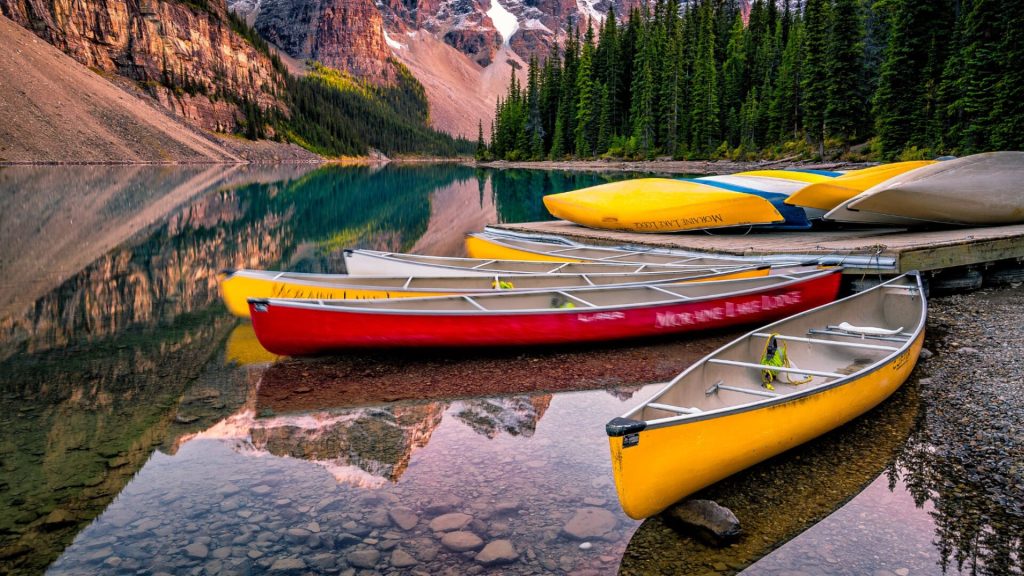
It doesn’t get that same love today – we haven’t even seen an NHL Winter Classic game at Lake Placid, yet. With that said, it hosted the 2000 Goodwill Games and the World University Games twice – once in 1972 and more recently in 2023. It’s also a major training hub for athletes around the world.
Silver Springs (Florida)
When most people think of Silver Springs, they think of Silver Springs State Park. What they don’t know is that before it was a state park, it was a natural spring – and one of Florida’s hottest attractions. In fact, Silver Springs welcomed more than one million guests annually at one point.

It was the setting of the classic Sea Hunt and Tarzan films in the 1960s, and was gleaming with concerts, animals, and even a water park. Unfortunately, nearby agricultural development ruined what was once a beloved site. In 2013, the park service gained control of the spring and turned it into a state park.
Pismo Beach (California)
Pismo Beach once dubbed itself the ‘Clam Capital of the World’ – known for its Pismo Clam and Pacific Razor Clam – but its clam population started decreasing in the 1980s. It’s beginning to increase again, but it might not be enough to bring back the crowds.
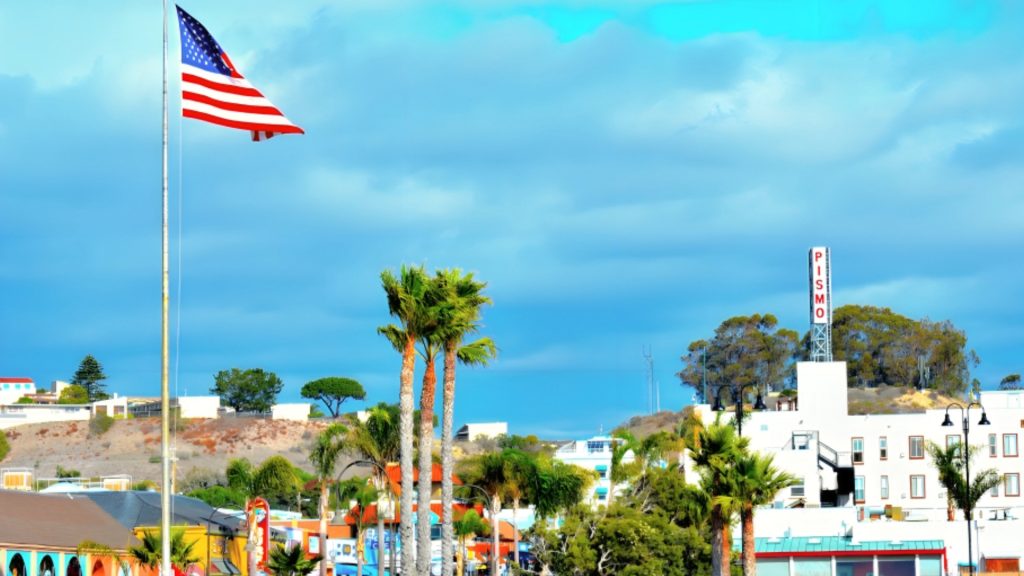
That said, there’s still a lot to do in Pismo Beach. Surfing is still popular, it’s home to some of the best car shows in the country, there’s plenty of beautiful beaches for everyone, and let’s not forget about the monarch butterflies, which roam in abundance.
The Catskills (Catskill Mountains, New York)
Between 1920 and 1960, The Catskills was a bustling tourist town fit with more than 500 resorts tailored to people from all walks of life. It was a primary vacation spot for Jewish Americans who were banned from most hotels in the 1920s, but they started searching for fun elsewhere in the 1950s and 1960s.
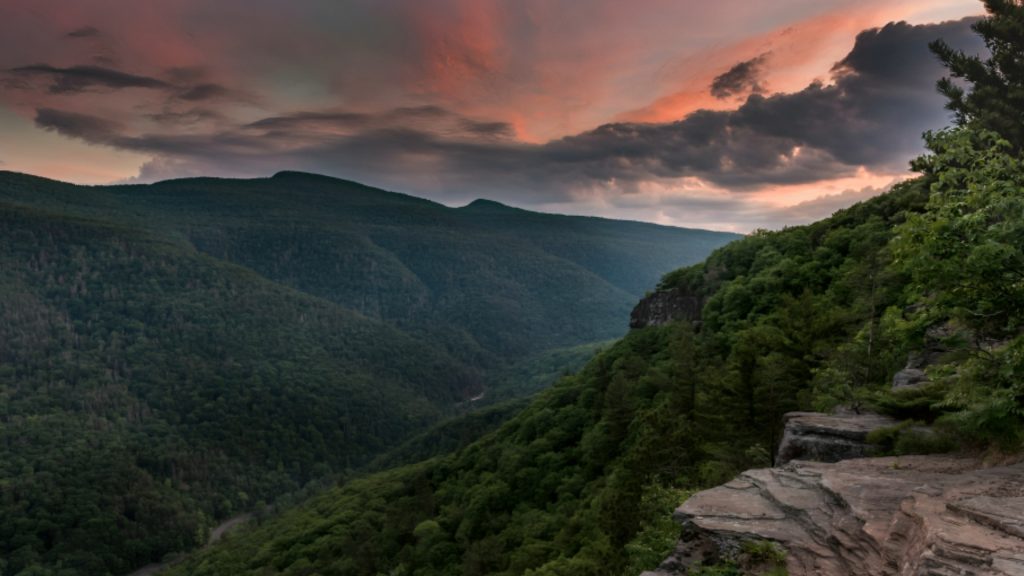
When the Jewish Americans left, so did the resorts – and public transportation to and from. Today, most of the area’s most iconic resorts have closed, including the Grossinger’s Catskill Resort Hotel and The Concord – both of which were torn down before the turn of the century. Unfortunately, The Catskills don’t live up to the hype today.
Salton Sea (California)
In 1905, seasonal flooding caused the Colorado River to breach an irrigation canal in Southern California. The excess water started flowing into the Salton Sink, filling what is now known as the Salton Sea – a 343-square-mile lake with 110 miles of shoreline. It wasn’t long before hotels, golf courses, and yacht clubs turned it into the hottest place in town.
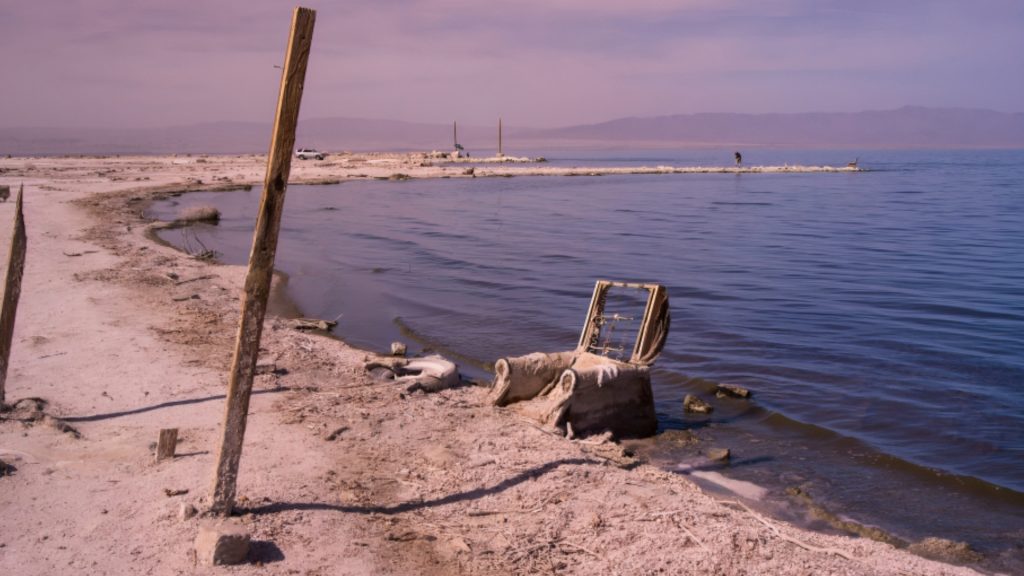
Things went downhill in the 1970s when farmers came into town and started spilling their toxic, pesticide-filled water runoff into the lake. Today, it’s the equivalent of a ghost town. The Salton Sea has lost more than a third of its water over the past two decades, and what’s left of it is turning into toxic dust.
Reno (Nevada)
There was a time when Reno thought it could compete with Las Vegas, but it didn’t last long. We’ll give them props – at one point, they had more casinos than Vegas – but the allure of Vegas was too much (and the lights were a little too bright) for Reno to keep up.
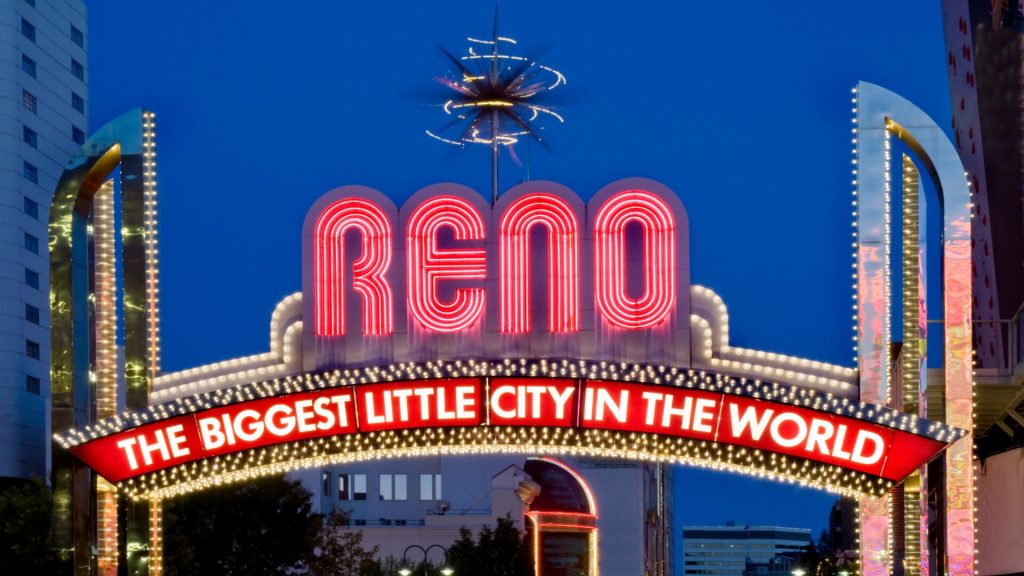
Don’t get us wrong – it’s still a fun place to live and visit. The casinos, the restaurants, the ski resorts, Reno has a lot to offer both residents and visitors – but the rising opioid crisis isn’t helping its appeal.
Discovery Island And River Country (Walt Disney World, Florida)
The 1970s were an exciting time for Walt Disney World. Treasure Island, an 11.5-acre island in Bay Lake, Florida, opened in 1974 – though it was renamed Discovery Island in 1978 – and River Country, the first water park ever created by Disney, opened in 1976. They remained a part of Disney’s arsenal of attractions for nearly two decades.
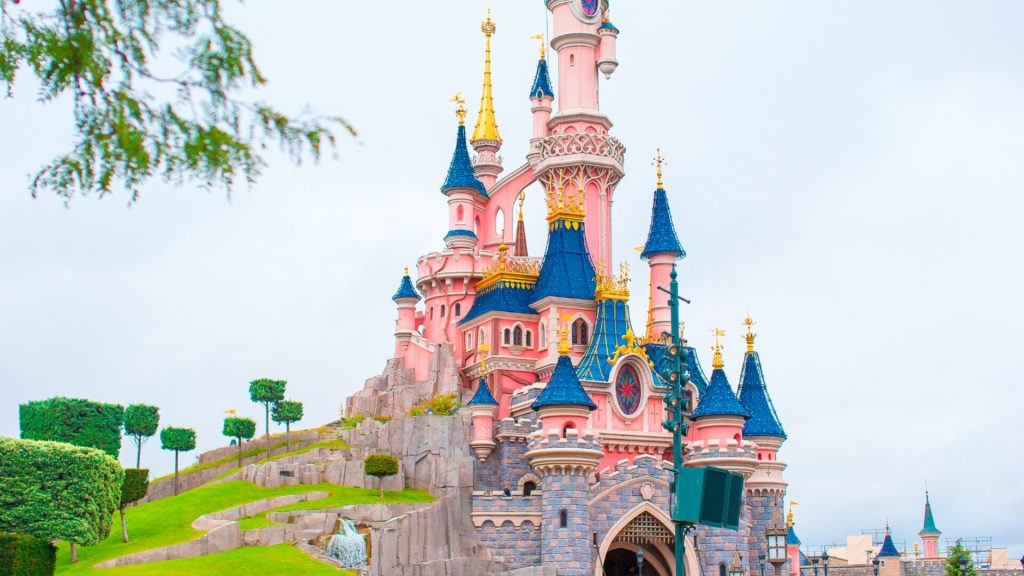
In 1998, Walt Disney World introduced guests to Animal Kingdom. One year later, the resort shut down Discovery Island – likely due to a lack of interest from visitors. River Country was the next to go, initially closing in 2001 before closing for good in 2005 – again due to a lack of interest.




